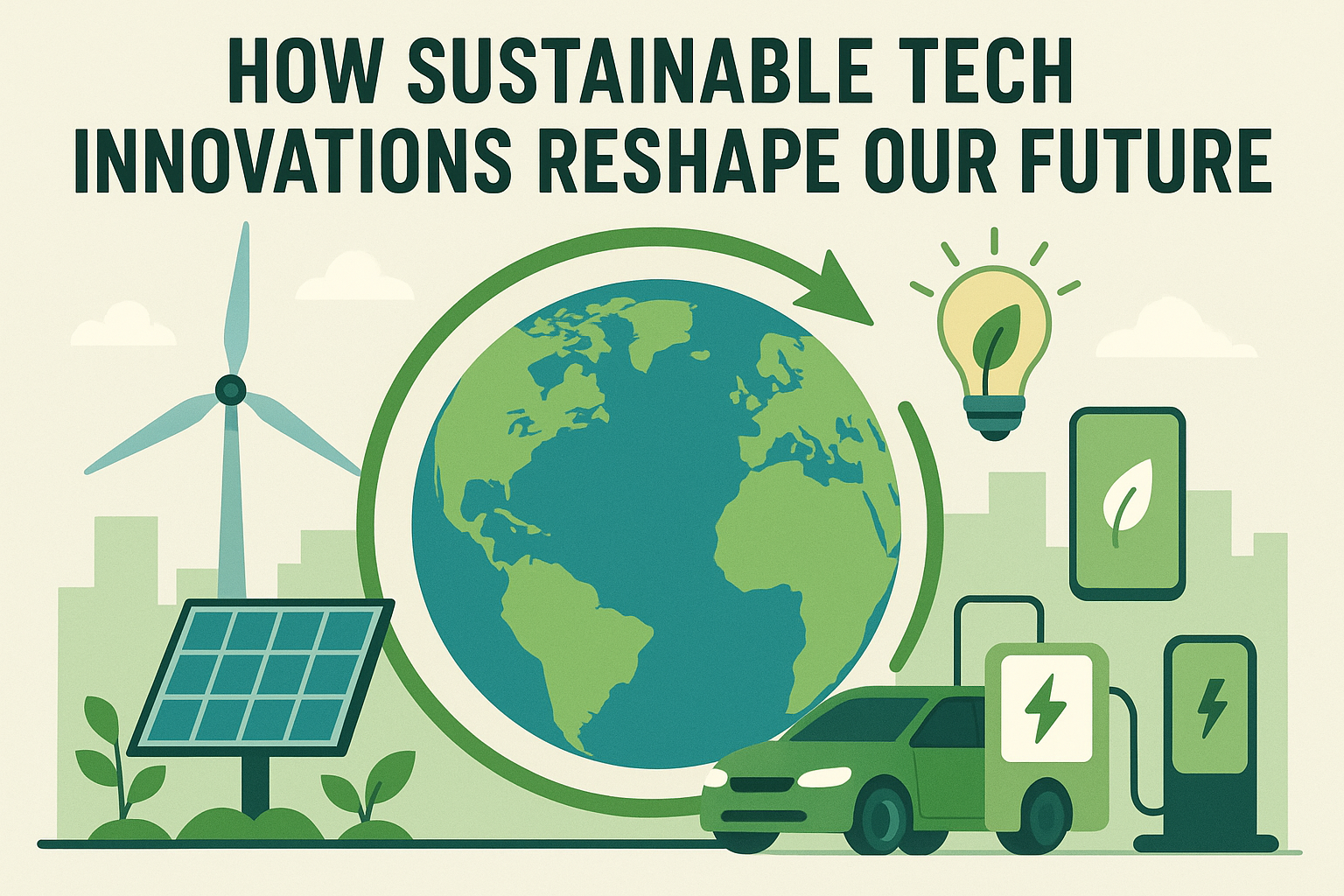Sustainable technology refers to innovations designed to reduce environmental harm while still offering modern-day functionality and efficiency. It’s an approach that merges progress with responsibility minimizing resource depletion, emissions, and waste.
At Magazine Agenda, we’ve noticed an increasing shift toward greener solutions. Whether it’s electric transportation or eco-friendly data centers, sustainable tech innovations are becoming the backbone of long-term global resilience and smarter business models.
The Importance of Sustainable Technology Development in Businesses
Today’s businesses face increasing pressure to align operations with environmental, social, and governance (ESG) standards. Sustainable technology plays a pivotal role in this transformation by enabling firms to improve efficiency, reduce costs, and attract conscious consumers.
On Mixture News, we cover how companies integrating sustainable tech innovations not only gain public trust but also stay ahead of regulatory demands and market trends. Businesses embracing this shift often report improved stakeholder engagement and long-term profitability.
Key Benefits of Sustainable Technology
Sustainable tech isn’t just about going green it’s also about being smart. Here are some core benefits:
Cost Savings: Reduced energy and operational costs.
Brand Reputation: Enhanced public image and trust.
Risk Reduction: Minimized environmental and legal risks.
Innovation: Opens doors to new eco-centric products and services.
Efficiency: Streamlined resource use and waste reduction.
These advantages make sustainable tech innovations a strategic necessity for both startups and large enterprises.
Examples and Types of Sustainable Technology in Corporate Strategy
Businesses across industries are now prioritizing technologies that are eco-friendly, cost-effective, and efficient. Here’s a closer look:
1. Electronic Signatures
Going paperless saves trees, water, and energy. E-signature platforms like DocuSign and Adobe Sign reduce the need for printing and mailing, contributing to less waste and faster transactions.
2. Artificial Intelligence
AI optimizes resource usage from predictive maintenance in manufacturing to energy-efficient logistics. At Mixture News, we highlight how AI helps businesses become more sustainable without compromising performance.
3. Solar Panels
Solar energy systems drastically cut electricity costs and carbon emissions. They’re now common in corporate buildings, warehouses, and data centers aiming for carbon neutrality.
4. Cloud Computing
Cloud-based infrastructure reduces the need for energy-intensive local servers. Major providers like AWS and Google Cloud are increasingly powered by renewable energy sources.
5. Green Technologies
This umbrella includes biodegradable packaging, energy-efficient appliances, sustainable building materials, and electric vehicles. All contribute to minimizing environmental impact across various sectors.
How Sustainable Technology Helps the Environment
Sustainable technology addresses critical environmental issues such as climate change, pollution, and resource depletion. By integrating innovations like solar panels and AI, companies reduce greenhouse gas emissions and energy waste, and promote a circular economy.
At Mixture News, we explore how each sustainable shift no matter how small adds up to a significant global impact. Cleaner air, reduced landfill waste, and preserved ecosystems are just the beginning.
More Related: Sustainable Tech Innovations in 5G and 6G Explained
FAQs:
Q1. What makes a technology “sustainable”?
A: A sustainable technology minimizes negative environmental impacts while supporting long-term economic and social goals.
Q2. Can small businesses afford sustainable tech innovations?
A: Yes! Many sustainable tools, like e-signatures and cloud services, are cost-effective and scalable for small businesses.
Q3. How do AI and sustainability work together?
A: AI increases operational efficiency, reduces waste, and supports smart energy management key drivers in sustainability.
Q4. Are solar panels truly eco-friendly to produce?
A: While manufacturing has environmental costs, the long-term benefits of solar panels far outweigh their initial impact.
Q5. How does cloud computing help reduce emissions?
A: By centralizing data in efficient, often renewable-powered servers, cloud computing cuts down on hardware waste and energy use.
Conclusion
Sustainable tech innovations are not just a trend, they’re a revolution. From AI to green energy, these technologies are paving the way for a smarter, cleaner, and more resilient future.
AtMagazine Agenda,, we are committed to highlighting impactful developments that help both businesses and the environment thrive. As industries evolve, sustainable technology remains a cornerstone of progress and purpose.

